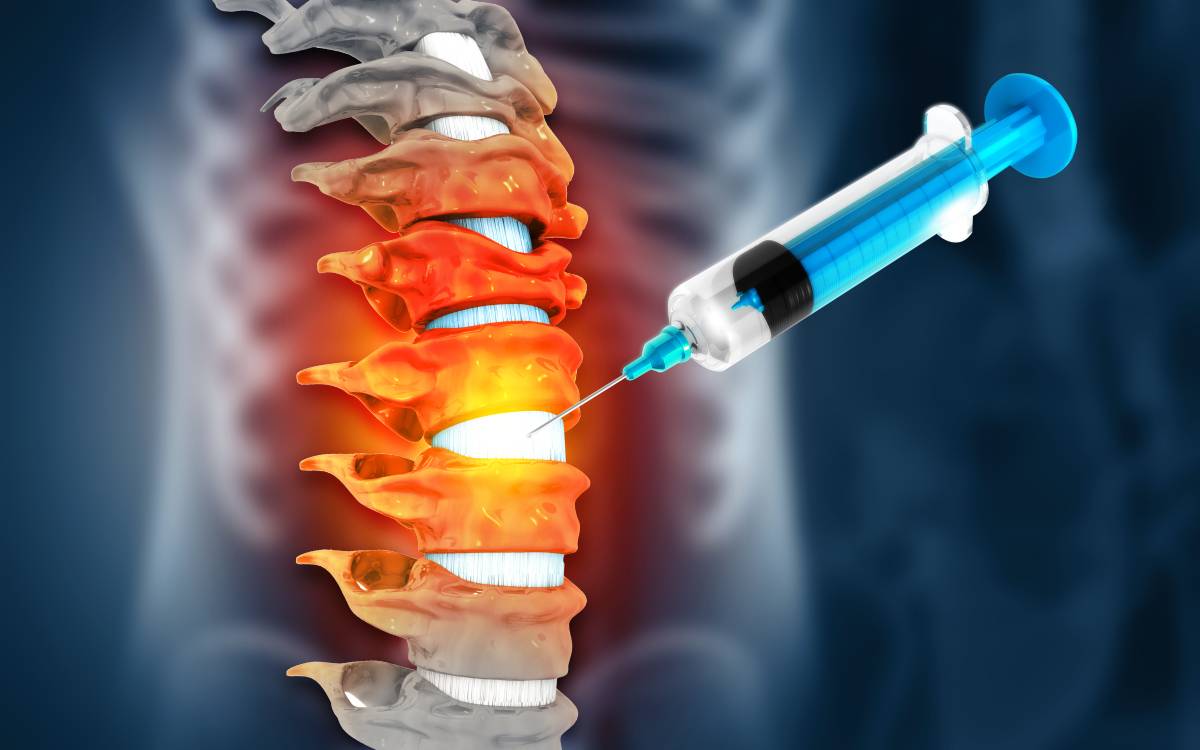Anesthesia and pain medicine are two distinct branches of medical practice focused on managing pain and discomfort. While both aim to provide relief, the scope of each field and the methods used to achieve pain control vary significantly. Understanding the differences between anesthesia and pain medicine is essential for patients seeking treatment and for healthcare professionals involved in pain management.
Anesthesia is primarily concerned with preventing pain perception during medical procedures, surgeries, or diagnostic tests. Different types of anesthesia are tailored to the specific needs of the procedure and the patient. For example, local anesthesia numbs only a targeted area and is typically used for minor surgical procedures or dental work, while general anesthesia, the deepest form, involves inducing a reversible loss of consciousness and is often used for major surgeries.
Anesthesia is typically administered for a short duration, covering the time of the medical procedure. Once the procedure is completed, the effects of the anesthesia wear off, and the patient regains consciousness and sensation with some residual but temporary grogginess. The goal is not to provide long-term pain management but to ensure that the patient remains comfortable during the surgery or procedure (1–3).
Pain medicine, on the other hand, is focused on the management of pain that may be acute or chronic, often arising from underlying medical conditions or injuries. Pain management specialists focus on diagnosing and treating both short-term and long-term pain issues. Unlike anesthesia, which is applied temporarily during procedures, pain medicine deals with ongoing pain management, striving to reduce or eliminate pain over more extended periods.
Pain medicine encompasses a wide range of treatments, including pharmacological approaches, interventional procedures, physical therapy, and psychological support. Medications such as opioids, nonsteroidal anti-inflammatory drugs (NSAIDs), and antidepressants may be prescribed to manage pain, depending on the underlying cause and severity. Interventional techniques, such as nerve blocks, spinal cord stimulation, and radiofrequency ablation, may be used for more persistent pain, especially when medication alone is insufficient (4–7).
While both anesthesia and pain medicine involve the control of pain, their main difference lies in their scope and objectives. Anesthesia is primarily concerned with providing short-term pain relief during specific medical procedures, ensuring that patients remain pain-free during the intervention. Pain medicine, in contrast, focuses on the ongoing management of both acute and chronic pain—ultimately aiming to improve the patient’s quality of life over time (8).
References
1. Types of anaesthesia | The Royal College of Anaesthetists. https://rcoa.ac.uk/documents/anaesthesia-explained/types-anaesthesia.
2. Know your anesthesia risk factors — special considerations for the elderly, children, and infants. Learn how an anesthesiologist keeps you safe. Made For This Moment | Anesthesia, Pain Management & Surgery https://madeforthismoment.asahq.org/anesthesia-101/types-of-anesthesia/.
3. Anesthesia: Types & What You Should Know. Cleveland Clinic https://my.clevelandclinic.org/health/treatments/15286-anesthesia.
4. Contributors, W. E. Physical Therapy for Pain. WebMD https://www.webmd.com/pain-management/physical-therapy.
5. Analgesics: Uses, Treatment, Risks. Cleveland Clinic https://my.clevelandclinic.org/health/drugs/21483-analgesics.
6. Queremel Milani, D. A. & Davis, D. D. Pain Management Medications. in StatPearls (StatPearls Publishing, Treasure Island (FL), 2025).
7. Pain Management – Pain Types & Treatments| Made for This Moment. Made For This Moment | Anesthesia, Pain Management & Surgery https://madeforthismoment.asahq.org/pain-management/.
8. de Barros, G. A. M., Kraychete, D. C., Lineburger, E. B. & Módolo, N. S. P. Anesthesiology and pain medicine. Braz J Anesthesiol 72, 549–552 (2022). DOI: 10.1016/j.bjane.2022.07.007
